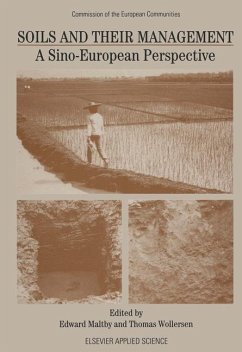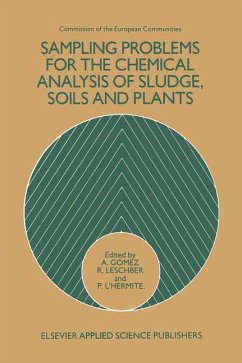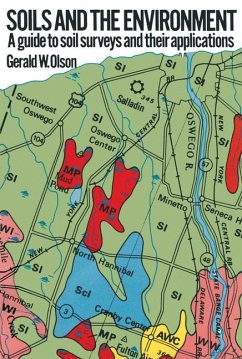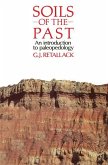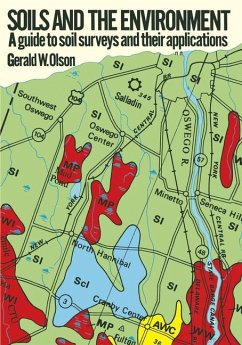The Commission of the European Communities and the State Science and Technology Com mission of the People's Republic of China agreed in spring 1987 to establish a Sino European biotechnology centre. One activity of the centre concerns the organisation of joint scientific workshops in the fields of agriculture and medicine. After a frrst workshop on medicine held in Shanghai in October 1987, the Sino-European Soil Science Workshop, held in Guangzhou from 26 April -I May 1988, was the second one, this time devoted to a particularly important aspect of agriculture -soil science. The South China Agricultural University on behalf of the Sino-European Biotechnol ogy Centre was responsible for the local organisation of the Workshop; the European con tributions were organised by the_Commission. Soil Science is of particular importance to China in view of the fact that only about 10% of the whole country is arable land. Careful soil conservation is therefore a subject of high priority. A solid knowledge and understanding of the characteristics and functioning of the soils is a pre-requisite for their conservation and the very broad European expertise in temperate as well as tropical and sub-tropical climatic zones could well contribute to the efforts of Chinese soil scientists to modernise their methodologies and classification. This contribution, however, could not be envisaged as a unilateral technical assistance. Indeed, the only promising way to come to a real contribution is through joint research involving Chinese as well as European scientists.
Bitte wählen Sie Ihr Anliegen aus.
Rechnungen
Retourenschein anfordern
Bestellstatus
Storno

